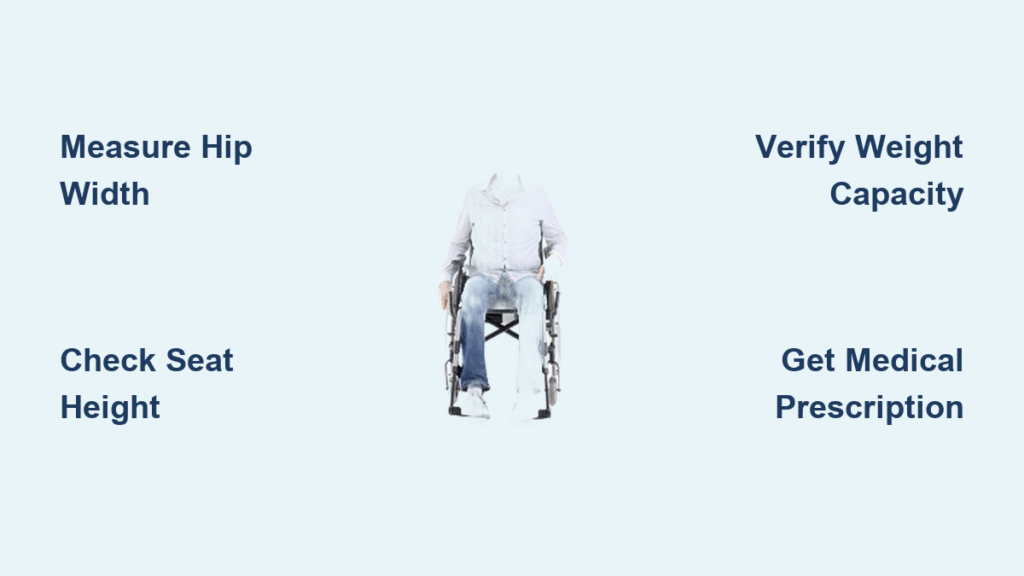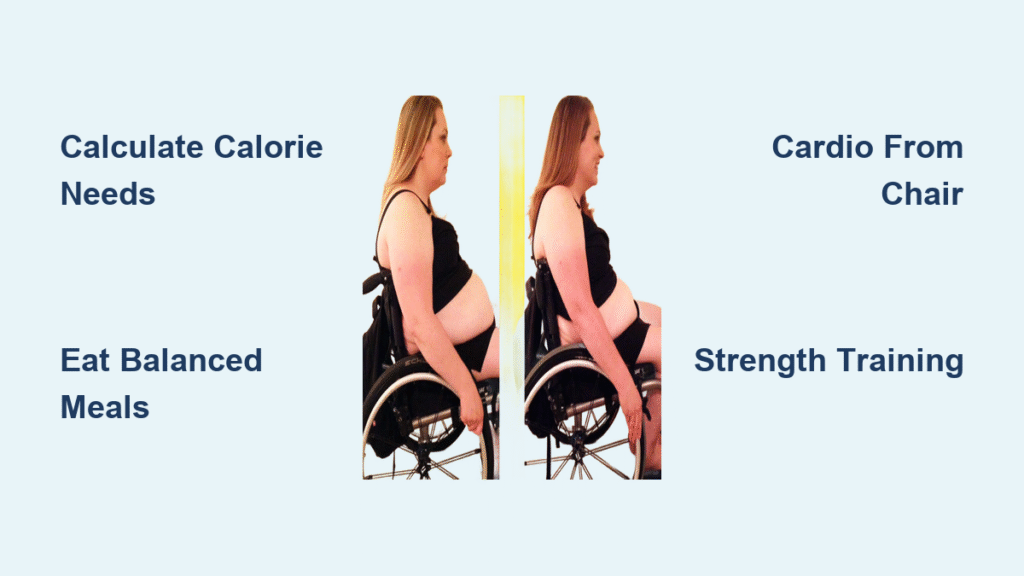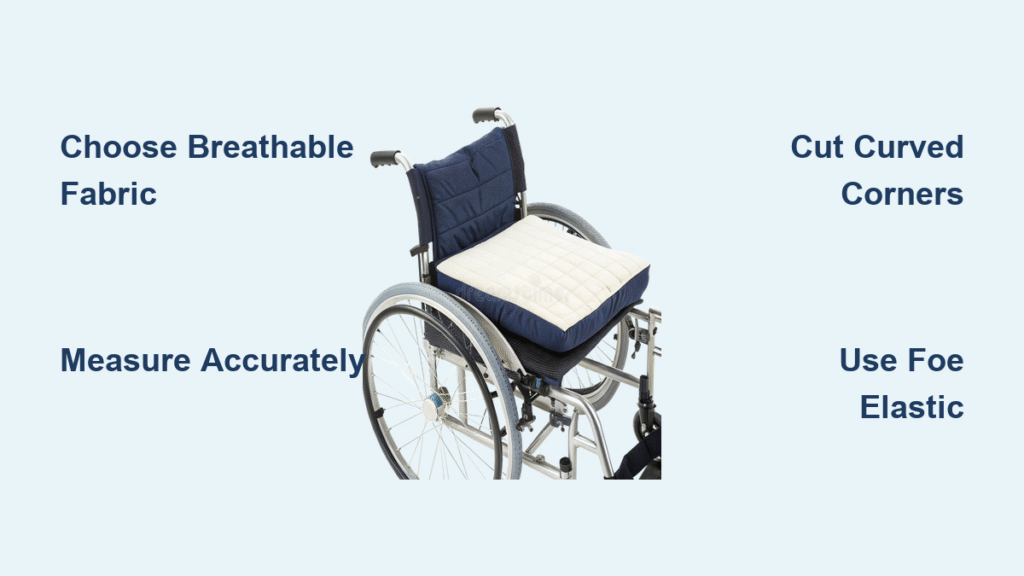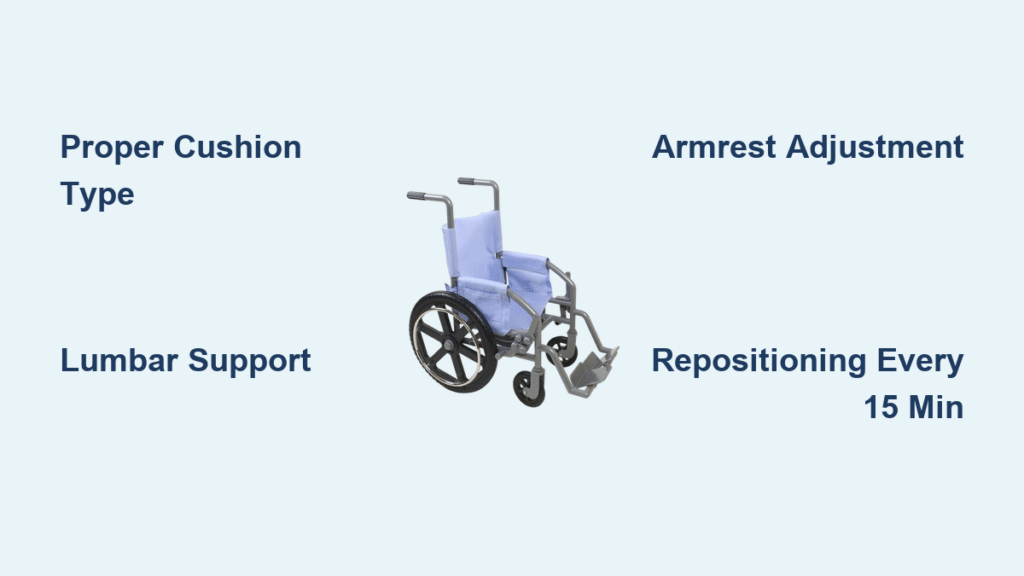Your mother struggles to walk from her bedroom to the kitchen after hip surgery. Your father’s Parkinson’s makes his walker unstable on uneven sidewalks. You know a wheelchair is essential, but scrolling through options feels like navigating a minefield—lightweight models that collapse in car trunks, power chairs with confusing drive systems, and terrifying price tags. You’re paralyzed by fear of choosing wrong: a chair that causes pressure sores, won’t fit through bathroom doors, or drains savings unnecessarily.
This guide cuts through the confusion with precise, actionable steps to choose a wheelchair for elderly loved ones. Forget generic advice—you’ll get exact measurements for safe seating, Medicare coverage loopholes most miss, and the 3 critical mistakes that turn mobility aids into hazards. We’ve verified every detail with medical equipment specialists and insurance guidelines so you avoid costly errors.
Manual vs Power Wheelchairs: Which One Actually Fits Your Elderly Parent’s Strength?

Self-Propelled Manual Chairs: When Your Parent Can Push Themselves
If your parent has decent arm strength (like opening jars or lifting groceries), self-propelled chairs offer independence. Look for 24-inch rear wheels with push-rims—they roll smoothly on sidewalks and allow users to maneuver without help. Aluminum frames weigh 27–35 pounds (steel models hit 65 pounds), fold compactly, and fit most sedans. Critical check: Can your parent lift their arms 6 inches off the seat? If not, skip this type—forcing self-propulsion strains shoulders.
Transport Chairs: Only for Caregiver-Pushed Trips
These ultra-light chairs (as low as 19 pounds) are airport and doctor-visit lifesavers but useless for solo mobility. With tiny 8–12-inch rear wheels, they’re impossible to self-propel. Red flag: If your parent tries to push themselves, they’ll tip backward. Only choose these if a caregiver always accompanies them—never for home use where independence matters.
Power Wheelchairs: Zero Effort Mobility for Weak Arms
When Parkinson’s, arthritis, or stroke sap upper-body strength, power chairs become non-negotiable. Front-wheel drive conquers curbs, mid-wheel models spin in tight apartments, and rear-wheel versions cruise fastest outdoors. Must-verify specs: Confirm 10+ mile battery range (add 20% buffer to daily needs) and weight capacity 50+ pounds above current weight. If your parent can’t lift a gallon of milk, this is their only safe option.
Measure Your Elderly Parent’s Body: Avoid Painful Wheelchair Sizing Mistakes

Seat Width: How to Measure Hips for Comfort Without Pressure Sores
Grab a soft tape measure. Have your parent sit, then measure across their hips at the widest point (usually the greater trochanters). Add 1–2 inches for winter clothing. Exact rule: Standard seats are 16″, 18″, or 20″—18″ fits most seniors. Too narrow? Hip sores develop in hours. Too wide? Poor posture causes back pain. Never guess—measure twice.
Seat Depth and Height: Prevent Leg Swelling and Falls
For seat depth: Measure from tailbone to back of knee, then subtract 1–2 inches. If it’s too long, pressure cuts circulation behind knees. For height: Feet must rest flat on footplates with knees bent 90 degrees. Seniors under 5 feet need seats under 20 inches; taller users require 20–21 inches. Pro tip: Test with shoes on—ankle swelling adds half an inch by afternoon.
Match Wheelchair to Home Layout: Narrow Doorways Demand These Exact Dimensions
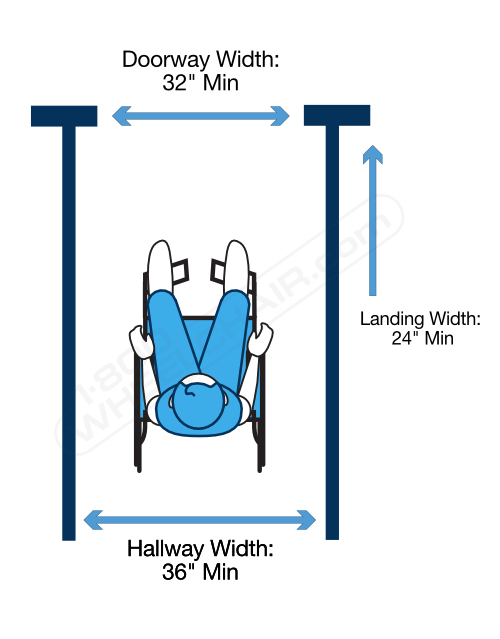
Indoor Navigation: Chairs Under 22 Inches Wide for Bathroom Doorways
Measure your smallest doorway—bathrooms are often shockingly narrow (as low as 28 inches). Standard chairs span 24–27 inches wide; if your doorway is under 32 inches, you need a chair ≤22 inches wide. Mid-wheel power chairs (like Porto Mobility Ranger D09) pivot in 20-inch spaces—critical for apartment living. Warning: Don’t just measure doors—check hallway turns and closet storage too.
Outdoor Terrain: Large Wheels and Front-Wheel Drive for Curbs
Pneumatic tires (inflatable) absorb sidewalk bumps but risk flats. Solid tires are puncture-proof but jarring. For frequent curb climbing, demand 24-inch rear wheels on manual chairs or front-wheel drive power models. Visual cue: If wheels sink into grass or gravel, your parent will exhaust themselves pushing—it’s time for larger wheels or power assist.
Must-Have Elderly Wheelchair Features That Prevent Pressure Sores
| Feature | Why It’s Non-Negotiable | What to Buy |
|---|---|---|
| Pressure-relief cushion | 25% of seniors develop sores within 90 days on vinyl seats | Gel or air cushion (medium/high risk rating) |
| Flip-back arms | Enables safe side transfers to beds/toilets | Tool-free release arms that swing up |
| Elevating leg rests | Reduces edema from sitting >2 hours | Swing-away rests adjustable without tools |
| Anti-tippers | Prevents backward falls on ramps | Height-adjustable bars (remove for car travel) |
| Pneumatic tires | Smoother ride = less shoulder strain | 24-inch rear tires (check PSI monthly) |
Critical insight: Vinyl seats feel fine for 10 minutes but cause sores after 2 hours. Budget $100–$200 extra for a medical-grade cushion—it’s cheaper than treating wounds.
Medicare Wheelchair Coverage: What Your Elderly Parent Actually Pays Out-of-Pocket
Getting Insurance Approval: Prescription and Medical Necessity Steps
Medicare covers 80% after deductible only with a doctor’s prescription stating the chair is “primarily for home use.” Avoid denial: The prescription must specify why walkers/canes fail (e.g., “cannot walk 20 feet without severe fatigue”). Submit HCPCS codes like K0001 (standard manual) or K0012 (power chair). Without pre-authorization, you’ll pay 100%—even if the supplier promised coverage.
Typical costs:
– Basic manual: $30–$100 out-of-pocket (Medicare covers $120 of $150)
– Power chair: $300–$3,000 after insurance (requires face-to-face exam)
– Bariatric: $120–$600 (use HCPCS code K0007 for heavy-duty models)
Top 3 Wheelchairs for Elderly Parents: Best for Apartments, Travel, and Weak Arms
- Drive Cougar Folding (27 lb manual): Perfect for car-dependent families. Fits sedans, adjusts seat width tool-free, and handles 250 pounds. Why it wins: Removable footrests save caregivers’ backs during lifts.
- Porto Mobility Ranger D09 (52 lb power): For declining strength. Folds to suitcase size, tackles 396 pounds, and delivers 16-mile range. Why it wins: Mid-wheel drive spins in 21 inches—ideal for tiny kitchens.
- Drive Fly Lite Transport (19 lb): Only for temporary use or airports. Why it wins: Folds flatter than a lawn chair, but never buy this if your parent needs independence.
First 7 Days with a New Wheelchair: Critical Steps to Avoid Injuries
Day 1 Setup: Inflate Tires and Adjust Seat Height Correctly
Unfold the chair, then pump pneumatic tires to the PSI on the sidewall (usually 30–40). Set seat height so feet rest flat on footplates with knees bent 90 degrees. Visual check: If heels lift off footplates, raise the seat; if knees bend sharply, lower it. For power chairs, charge overnight—lithium batteries degrade if left at 0%.
30-Day Comfort Check: Spot Pressure Sores Early
Examine skin daily over hips and tailbone for red spots that don’t fade in 15 minutes. If found, stop using the chair immediately—these become ulcers fast. Also check:
– Squeaky wheels (lubricate monthly)
– Brake slippage (tighten bolts quarterly)
– Cushion wear (replace if lumpy)
5 Costly Wheelchair Mistakes Elderly Caregivers Make (And How to Avoid Them)
- Ignoring future weight gain: Hospital stays add 10–20 pounds fast. Buy 50+ pounds above current weight.
- Measuring only living rooms: Bathroom doorways are often narrowest—measure the smallest one.
- Skipping cushion upgrades: Vinyl seats guarantee sores for seniors sitting >3 hours daily.
- Overlooking battery range: Add 20% buffer to daily mileage—getting stranded is dangerous.
- Buying before insurance pre-auth: Medicare denies 30% of retroactive claims. Get approval first.
Wheelchair Checklist for Elderly: 10 Must-Verify Items Before Buying
- [ ] Doctor prescription with medical necessity statement
- [ ] Seat width = hip measurement + 1–2 inches (18″ standard)
- [ ] Weight capacity ≥ user weight + 50 lb
- [ ] Frame ≤ 35 lb if caregivers lift frequently
- [ ] Foldable back & swing-away footrests for transfers
- [ ] Medical-grade pressure-relief cushion (gel/air)
- [ ] Anti-tippers attached for outdoor slopes
- [ ] Spare battery or travel charger (power models)
- [ ] Warranty: ≥1 year frame, 6 months electrical
- [ ] Training scheduled for user and caregiver
Choosing how to select a wheelchair for elderly loved ones isn’t about picking the cheapest option—it’s matching specs to real bodies and homes. A properly fitted chair restores independence, not just mobility. Start with measurements and a doctor’s note, avoid the 5 deadly mistakes, and prioritize pressure relief. Your parent’s comfort and safety depend on these details. Next step: Print this checklist, measure doorways and hips, then visit a DME supplier for hands-on trials—never buy online without testing.

